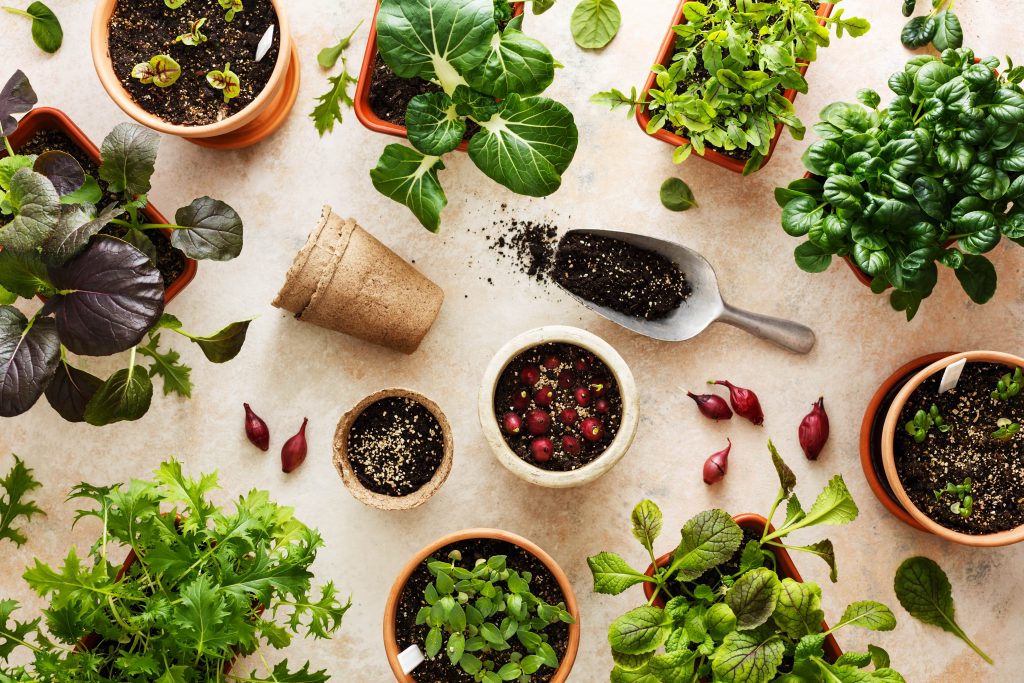Edible gardening is the practice of growing edible foods in your own garden. This includes fruits, vegetables, herbs and flowers – it’s an economical way to save money on groceries while eating healthier at the same time! Plus it has proven wellbeing benefits that you can experience right in your own backyard or balcony!
What is Edible Landscaping?
When people think of landscaping, the most common images are lush green lawns adorned with various plants like flowers and shrubs. While this type of landscaping is perfectly acceptable, a new trend is emerging which offers even greater rewards: edible landscaping (or foodscaping).
This gardening technique incorporates food plants into your yard to create an eye-catching space where you can grow produce and take in nature’s beauty. It’s becoming increasingly popular among both landscapers and homeowners alike.
What are the ideal edible plants to grow in your garden?
When selecting edible plants for gardening, there are several key characteristics you should look for: ease of care and an array of textures, colors and shapes. Furthermore, these edibles must be resistant to cold temperatures, drought conditions as well as slugs and snails.
Their characteristics make them perfect for small spaces, such as window boxes or vertical gardens where space is limited. You can even plant them in containers to use on a porch or patio.
How to Prepare Soil for an Edible Garden
Before planting any in-ground or raised bed garden, your soil must be prepared. This means adding compost and well-rotted manure. Ideally, your soil should be neutral to slightly acidic with a pH between six and seven. You may need to adjust this by adding in gypsum or lime; if drainage is poor, add some sand.
Planning Your Garden for Edible Plants
Edibles can be divided into two categories: annuals and perennials. Annuals are those you cultivate and harvest during one season, while perennials re-grow in your garden year after year.
When designing an edible garden, it’s essential to take into account the plant’s mature size, shape and texture as it develops throughout the season. This will enable you to plan your design and layout accordingly as you’ll know exactly how much foliage and fruit each plant will provide.
Another essential consideration is planning ahead for when you can harvest your crop. This will dictate what tasks need to be completed in the garden, such as pruning and mulching.
Some of the most eye-catching edible plants to grow include rainbow Swiss chard and dinosaur kale, which boast vibrant colors and deeply crinkled leaves that resist frost. Ornamental cabbages are another excellent option as they add vibrant blue-green hues as well as a sweet, deeply textured leaf to your garden.
If you’re uncertain of which plants to include in your edible garden, reach out to a nearby nursery. They can offer helpful advice on which edible plants will thrive best in your climate and the kind of soil needed for growth. It’s also wise to take into account the seasons when planting your garden for best results.

